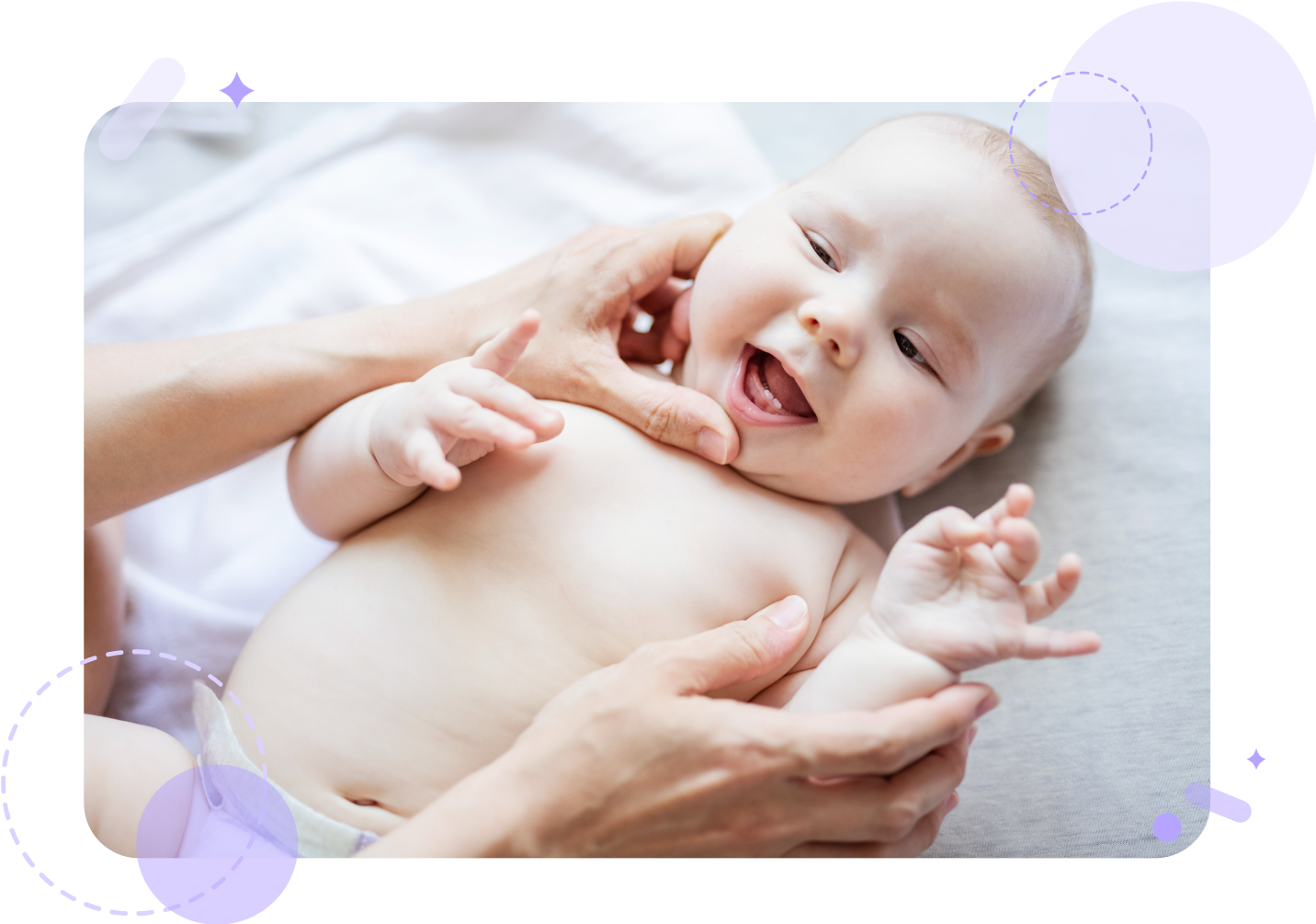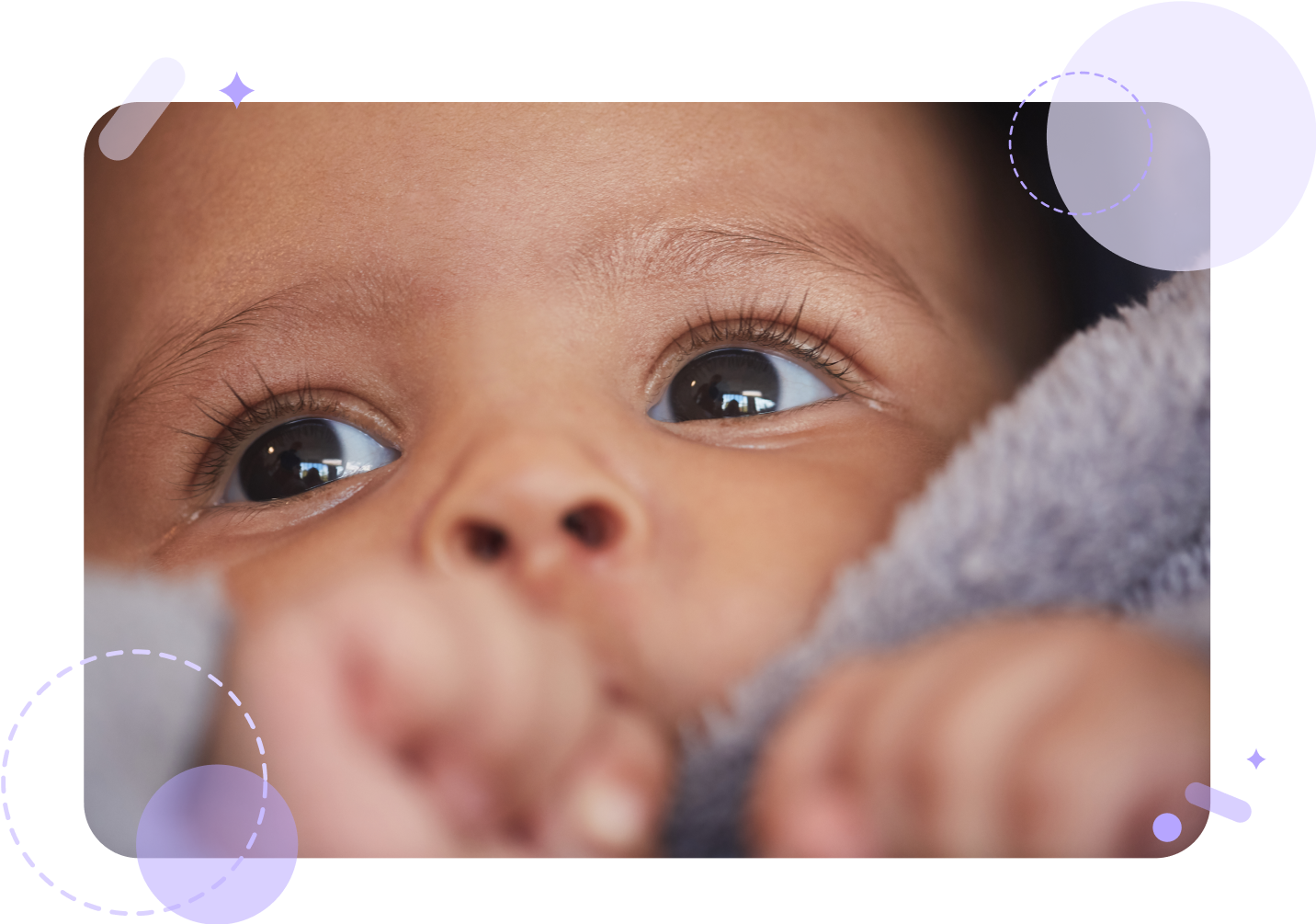
As your baby grows, they develop the physical attributes that allow them to progress through different development stages. One of them is the appearance of teeth, which are essential for your baby to transition from eating only liquids (breast milk, formula, or pureed foods) to more semi-solid, soft foods as they start to diversify their diet.
Teething is the process of your baby’s teeth breaking through their gums. On average, babies start teething around the 6-month mark, but the onset can be as early as three months and as late as 12 months. Teething is hereditary, which means different babies will teeth at different times based on their genes. Do not worry if your little one has not popped a tooth yet. On average, most babies develop teeth between 6 and 12 months.
Baby’s First Tooth
You can expect your baby’s first tooth to appear between 4 to 7 months old. Usually, the two front teeth, either the bottom (most common) or top, appear first. Your baby might have one tooth at a minimum and up to eight between 9 to 12 months of age.
First Molars
When your baby drools, tries to chew on hard objects or appears to have red and tender looking gum tissue, they could be popping their first molar. Your baby’s molars will appear between 13 to 19 months (about 1 and a half years) old.
The appearance of molars might mean more discomfort for your little one than the incisors, as the first molars are larger than the incisors. To help ease the pain, you can try giving them a rubber teething ring to chew on or massage their sore gums with your clean finger.
First Canine
After the first molars’ appearance, your baby will soon have canines appearing between 16 to 22 months of age.
Babies usually have teeth eruption in order, but there is nothing to worry about if it is a bit out of order. Approximately four teeth will erupt every six months of life, as a rule of thumb. Canines first erupt between 16 to 22 months, soon after the first molars’ appearance.
Healthy oral hygiene should be followed as baby teeth are vital to physical development. Parents can help relieve baby’s discomfort during the teething process by understanding the symptoms and helping the baby deal with pain.
 Back
Back
